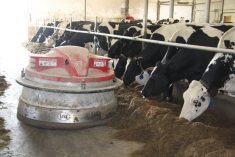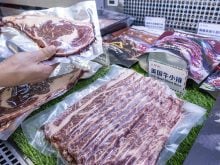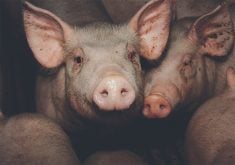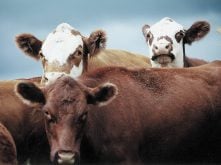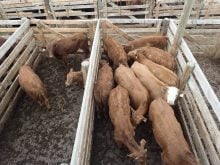A researcher says methane produced by cattle is not the real problem — that would be emissions from burning fossil fuel
The accumulated methane belches from cattle are not the dire environmental problem that some factions make it out to be.
In fact, says professor and air quality specialist Frank Mitloehner, “methane is not a super pollutant. Methane is a super opportunity.”
That’s not to say that excess greenhouse gases, methane among them, are not a threat in terms of climate change, he added. However, it is possible to decrease livestock-produced methane so the sector can achieve neutrality.
A focus on the role of livestock emissions in climate change ignores the 800-pound gorilla that is the biggest culprit, the University of California at Davis, researcher told the recent Cultivating Trust conference.
Read Also
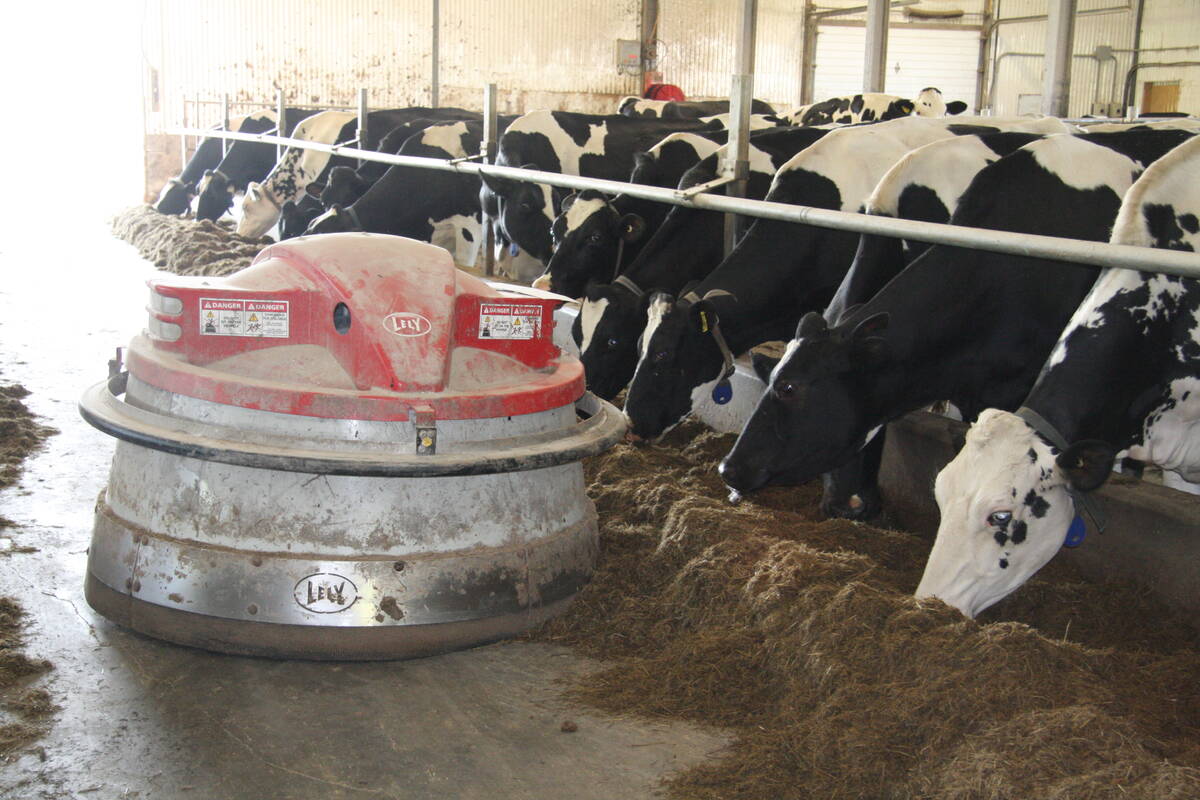
Partnerships, communication key to disease management
Communication and strong, trusted partnerships are key to managing infectious diseases like Foot and Mouth Disease and HPAI.
“Sometimes you get under the impression that what livestock produces is more important than anything else produced, not just here in the United States but also in Canada and European countries and so on. And that is a very dangerous narrative. Why is it dangerous? It’s dangerous because it side-tracks us of the 800 lb. gorilla, which is the use of fossil fuel.”
The United States contributes 12 percent of the total greenhouse gases in the world, from all sources. The agriculture and food production portion of that is one percent, said Mitloehner.
Within the U.S., transportation, electrical generation and industry are responsible for more than 80 percent of U.S.-generated greenhouse gases. Agriculture is responsible for nine percent and within that, animal agriculture alone is responsible for four percent, his figures show.
Since about 1990, the Global Warming Potential, the GWP100, has been used to assess carbon dioxide, nitrous oxide and methane. It was thought to be an easy way of comparing the relative warming potential of each gas, said Mitloehner, but it has provided a false picture of methane in particular.
Carbon dioxide has a half-life of 1,000 years compared to nitrous oxide at 110 and methane at 10 years. Cattle-produced methane is destroyed at almost the same rate it is produced, provided the size of the herd remains constant.
By eating feed comprising carbohydrates, cattle are not adding to the world’s accumulated carbon dioxide when methane is eventually converted, said Mitloehner. They are part of a continuous cycle, not an addition to the total.
That contrasts to fossil fuel, which is drawn from long-term storage and burned, adding to total accumulation in the atmosphere. Comparing enteric cattle emissions to fossil fuels is thus “an erroneous comparison that is not really leading us to a path of solutions.”
It is possible to reduce livestock-generated methane, he added. The California dairy industry has reduced its methane emissions by 40 percent by collecting biogas from lagoons and converting it into renewable natural gas burned in vehicles.
As that technology and capture improves, the industry could achieve climate neutrality, Mitloehner said.
Depiction of the livestock industry as a major emitter of greenhouse gas doesn’t usually consider its role in converting forages from marginal lands into useful protein for human consumption.
As well, it seldom takes into account the productivity improvements, for dairy in particular, in developed countries. The U.S. used to have 25 million dairy cows. Now it has nine million but they produce 60 percent more milk than the 25 million did, Mitloehner said.
On the beef side, the U.S. used to have 140 million cattle and now 90 million animals produce the same amount of beef. It now produces 18 percent of the worlds’ beef with eight percent of the world’s beef herd.
“That is really impressive and you in Canada do the same thing. Not the same numbers but it’s the same trend overall.”
Improved production through genetics, veterinary care and energy-dense diets has reduced livestock’s overall climate footprint.
He also addressed the thought that emissions would be greatly reduced if more people became vegan or vegetarian. Mitloehner quoted a study that calculated savings of 0.8 tonnes of carbon dioxide emissions if one omnivore went vegan for one year. For comparison, one airplane flight from North America to Europe generates 1.6 tonnes of emissions per passenger.
If the 330 million people in the U.S. became vegan, the country’s carbon footprint would be reduced by 2.6 percent, he said.
“Can we eat our way out of climate change? The answer is definitely not. If we really want to do something about climate change we have to think about carbon emissions from fossil fuels. Period.”
With regard to vegans, statistics indicate 84 percent of vegetarians and vegans change their diet after one year, ”meaning this is certainly not a diet form that is highly sustainable, highly likable.”
The reasons are unclear but the percentage of vegans and vegetarians is small despite media hype about plant-based diets, he said.
“We still have a very dismal amount of vegans in this country, even though they are depicted in …media as belonging to a major, major movement. That movement is largely fictional.”




